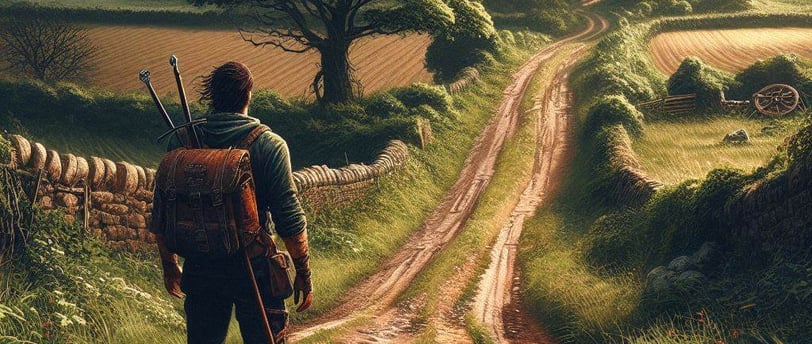Breaking Down Worldbuilding
Worldbuilding can feel like standing at the base of a mountain, staring up at a continent-sized task. Where do you even start? Do you sketch a map? Write 10,000 years of history? Invent a new calendar system?
WORLD BUILDING


🌍 Breaking Down Worldbuilding: How to Build a World Without Losing Your Mind
Worldbuilding can feel like standing at the base of a mountain, staring up at a continent-sized task. Where do you even start? Do you sketch a map? Write 10,000 years of history? Invent a new calendar system?
Take a deep breath—because you don’t need to do it all at once. In fact, great worldbuilding is best done in layers.
Here’s how to break it down into manageable pieces that support your TTRPG or D&D campaign without burning you out.
🪨 1. Start with the Core Concept
Begin with a single strong idea. This could be:
“A world where magic is outlawed.”
“A shattered continent ruled by sky pirates.”
“A peaceful land on the brink of awakening a buried god.”
Everything else you build—geography, politics, religion—should orbit this core idea.
🗺️ 2. Define the Region of Play
Don’t create the whole world at once. Just build what you need for your campaign or story. Choose a region—a kingdom, valley, city-state, or archipelago—and flesh that out.
Focus on:
Geography (rivers, mountains, key locations)
Politics (who rules and who rebels)
Factions (guilds, cults, mercenaries)
Local threats or mysteries
This approach keeps your world grounded and playable.
🧑 3. Zoom in on People and Culture
Now, who lives there? What are their customs, fears, and hopes?
Add details like:
Common names or languages
Religion or mythology
Fashion, food, or architecture
Key NPCs that represent different worldviews
These touches make your world feel lived-in, not just drawn on a map.
📜 4. Build History as Needed
You don’t need a timeline stretching back to the First Age of Fog unless it's relevant. Use a “just-in-time” approach:
Create recent events that shape the present (a war, a plague, a magical catastrophe)
Drop hints of ancient history as rumors, ruins, or relics
Let the past be a mystery—even to you—until it’s needed
This creates story hooks without overloading your prep time.
🧩 Final Thought: Worldbuilding is Iterative
You don’t build a world in one night—you discover it, just like your players do.
Start small. Let the world grow organically from the adventures you tell. You’ll be surprised how rich it becomes when you stop trying to build everything all at once.
And most of all—have fun doing it. You’re not just a GM—you’re a god of creation. One region at a time.